Manufacturing
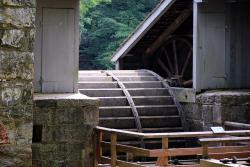
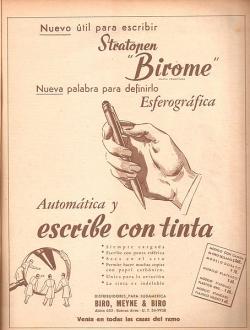
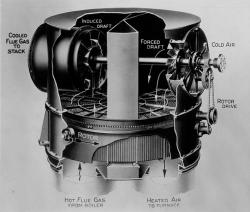
The Ljungstrom air preheater is a regenerative heat exchanger, invented in the 1920s and soon used throughout the world. Dr. Fredrik Ljungstrom, then technical director at Aktiebolaget Ljunstrom Angturbin, invented it for preheating combustion air in boiler plants, but the use has expanded to include energy recovery in combination with the removal of oxides of sulfur and nitrogen.
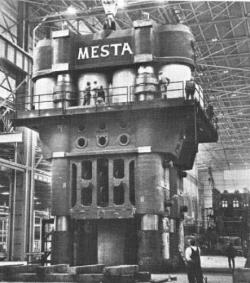
This 50,000-ton die-forging press is among the largest fabrication tools in the world. It was designed and built for the U.S. Air Force by the Mesta Machine Company of Pittsburgh, following the discovery of a 30,000-ton press used by the Germans in World War II (later acquired by the Soviet Union). By 1950, a Heavy Press Program was organized to establish a self-sustaining industrial base for a press capable of producing large forgings and extrusions for the United States. The 50,000-ton Mesta press was one of the first built under this program between 1952 and 1955.
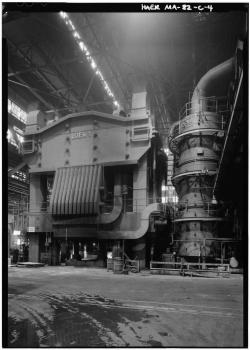
This hydraulic closed-die press, among the largest fabrication tools in the world, has had a profound influence in America's leading role in commercial aircraft, military aircraft, and space technology. As part of the same Heavy Press Program that created the Mesta press, the Wyman-Gordon press was designed by the Loewy Construction Company and began operating in October 1955. Among its contributions was the development of the new jetliner Boeing 747 in the 1960s.
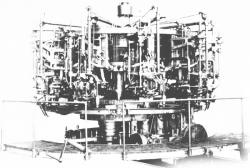
Only since 1912 have glass jars and bottles been in cheap and plentiful supply for pharmaceuticals, household products, food and beverages, and an endless variety of uses. The bottle-making machine introduced the safety, standardization, quality, and convenience of glass containers. Not only did they revolutionize the industry, the Owens machines ended child labor in glass-container plants. In 1913, the National Child Labor Committee of New York City said the rapid introduction of the automatic machine did more to eliminate child labor than they had been able to do through legislation.
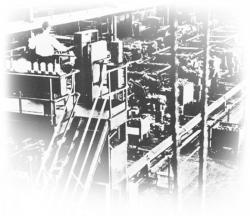
In 1899, during the earliest days of the automobile revolution, A. O. Smith developed a new, lightweight steel car frame. Within a few short years, he was selling these frames to a “who’s who” of car makers including Cadillac, Oldsmobile, and Ford. A. O. Smith’s son, Lloyd Raymond, carried on the family company, expanding the automotive business and introducing the world’s first automated frame production line, the Mechanical Marvel.


